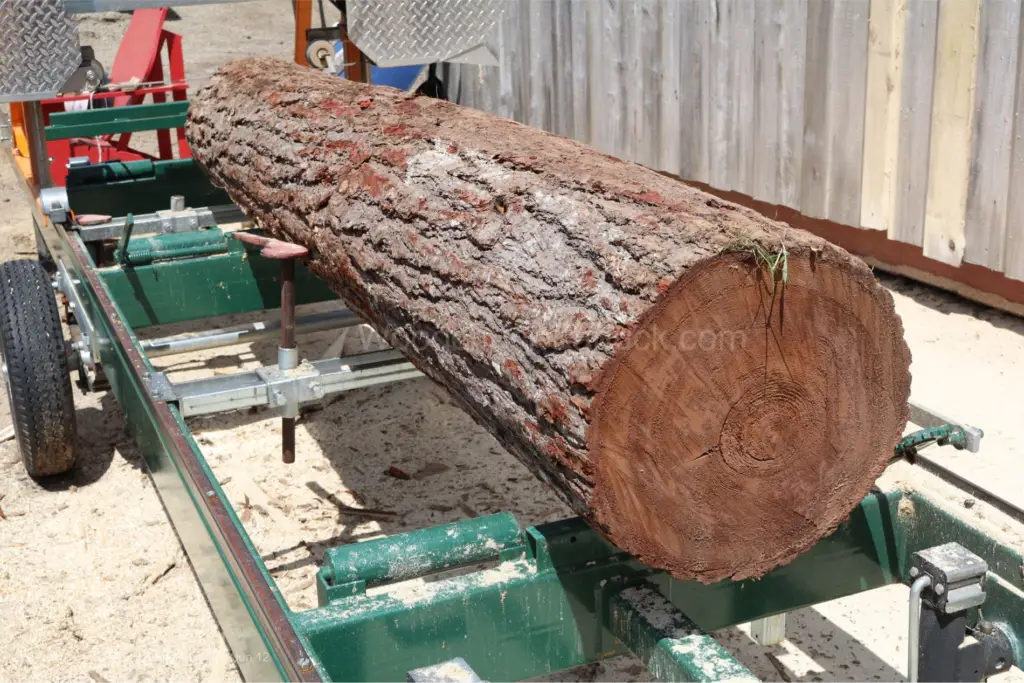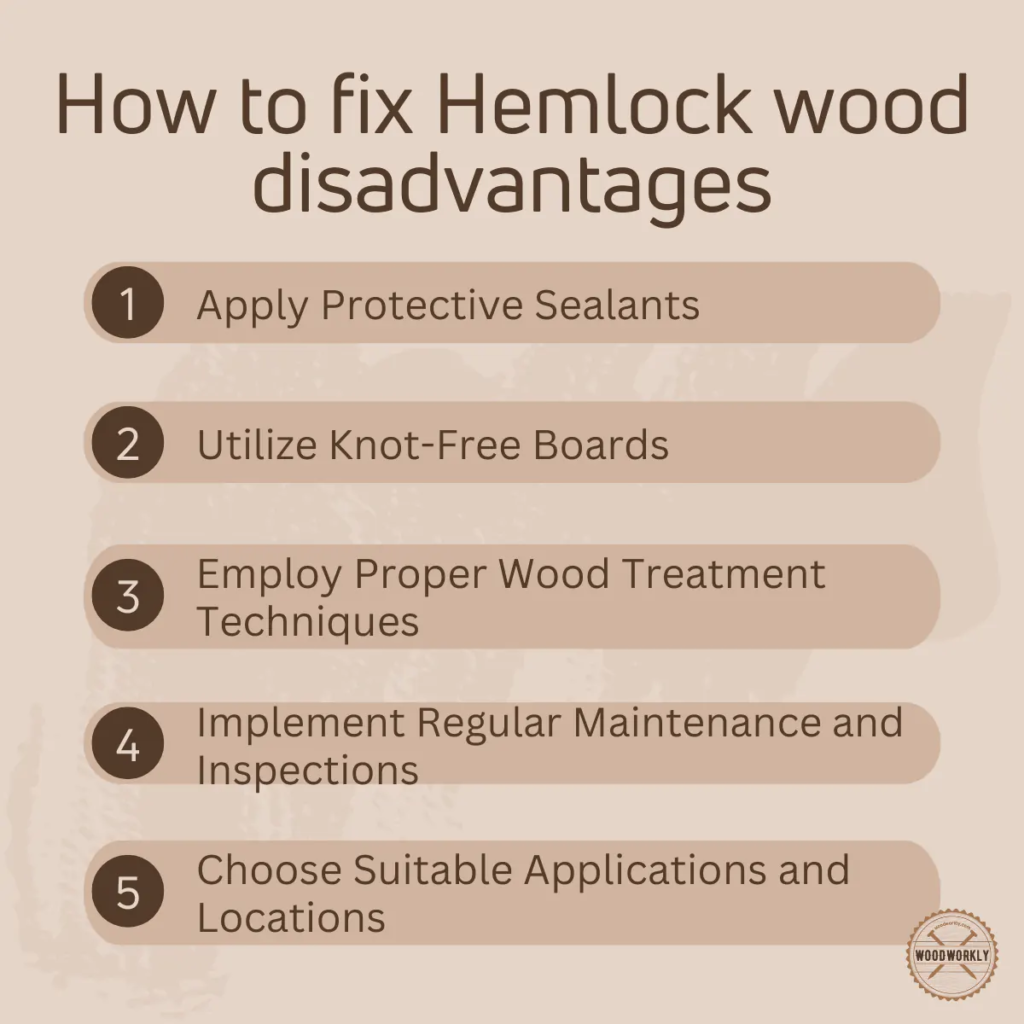Table of Contents
Hemlock wood disadvantages
Hemlock (especially Western Hemlock) is a commonly used softwood in construction, furniture, and interior work. While it has many advantages, it also comes with important downsides that buyers should understand before choosing it.
What is hemlock wood?
Hemlock wood comes from trees in the Tsuga genus, most commonly the Western Hemlock tree (Tsuga heterophylla). It is a softwood, similar to pine or fir, widely used in construction, furniture, and interior projects.
Despite being a “softwood,” hemlock is relatively strong, straight-grained, and affordable, which makes it one of the most common building woods in North America.
Where Does Hemlock Grow?
The most common commercial species is:
- Western Hemlock — grows along the Pacific Northwest (USA + Canada)
Other hemlock species exist (Eastern, Mountain, etc.), but Western Hemlock is the main lumber source.
How Hemlock Wood Is Used
- Interior trim & paneling
- Doors and window frames
- Furniture
- Molding
- Construction framing
- Light structural beams
- Plywood and boards
- Shelving
- Stair parts
Occasional uses
- Outdoor structures (ONLY if pressure-treated)
- Fencing (treated)
- Decks (treated)

Important Note
Hemlock is not naturally rot-resistant, so untreated hemlock is not good for outdoor use.
Hemlock Wood Pros and Cons
Pros
Cons
Verdict: Is Hemlock Wood Good?
✔ Great for:
- Indoor trim
- Interior doors
- Paneling
- Framing
- Shelving
- Budget furniture
✘ Avoid for:
- Outdoor structures
- Ground-contact projects
- High-end cabinetry
- Moist or humid environments
Overall rating: ★★★★☆ (3.8/5)
Affordable, strong, reliable — but strictly for interior or protected use.
Quick Comparison: Hemlock vs. Better Alternatives
| Feature | Hemlock | Cedar | Douglas Fir | SYP (Pine) |
|---|---|---|---|---|
| Rot Resistance | Poor | Excellent | Moderate | Moderate-High (treated) |
| Strength | Moderate | Low-Moderate | High | High |
| Weight | Medium-High | Light | Medium-High | Medium |
| Outdoor Use | Weak | Excellent | Good | Good (treated) |
| Woodworking Ease | Moderate-Difficult | Easy | Difficult | Easy |
| Cost | Low | Higher | Higher | Low |

FAQs
Is hemlock wood good for outdoor use?
No. Hemlock is not naturally rot-resistant and breaks down quickly when exposed to rain, humidity, or soil.
If used outdoors, it must be pressure-treated and regularly resealed.
Does hemlock wood rot easily?
Yes. Hemlock rots much faster than cedar, redwood, or treated pine.
Moisture causes:
decay
mold
softening
structural weakening
This is one of its biggest disadvantages.
Is hemlock wood insect-resistant?
No. Hemlock has no natural insect resistance and can attract:
termites
carpenter ants
beetles
Outdoor use requires chemical treatment.
Does hemlock wood warp or twist?
Hemlock is prone to warping, twisting, and cupping if it absorbs moisture or is not properly kiln-dried.
Acclimating the wood indoors before installation reduces this risk.
Is hemlock hard to work with?
It can be. Hemlock tends to be brittle and splintery, causing:
chipped edges
tear-out while cutting
splitting when nailing (pre-drilling recommended)
Beginners may find pine or fir easier.
Does hemlock stain well?
Hemlock takes stain moderately well, but it can blotch if you apply dark stains without prepping the surface with a wood conditioner.
Achieving deep, rich tones can be challenging.
Is hemlock durable?
Hemlock is not very durable outdoors or in wet environments.
Indoors, it performs well, but it is not as strong or long-lasting as hardwoods like oak or maple.
Can hemlock be used for high-end furniture?
Not usually. Hemlock is considered a budget wood with a plain grain and light color.
It doesn’t match the premium appearance of hardwoods, so designers rarely use it for luxury furniture.
Does hemlock wood shrink?
Yes. Hemlock shrinks noticeably if not kiln-dried.
This can cause:
gaps
cracks
loose joints
dimensional changes
Always choose kiln-dried (KD) hemlock for stability.
Is hemlock heavier than other softwoods?
Yes. Hemlock is heavier than pine or spruce, which can make handling larger boards harder, especially during installation.
READ ALSO: Carbide tipped blade: what you need to know?
